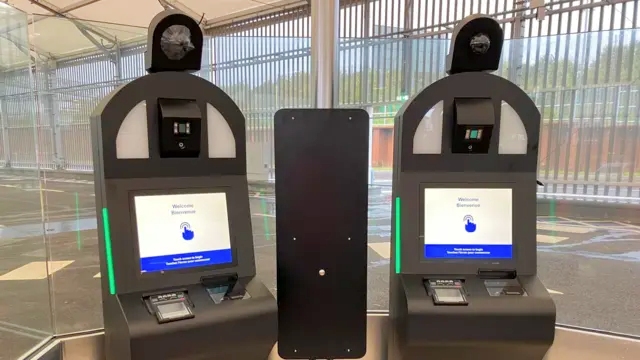EU’s New Entry/Exit System (EES) Goes Live, Changing Border Control

On October 12, 2025, the European Union launched its new Entry/Exit System (EES) across external borders in 29 Schengen countries. This replaces traditional passport stamps for short-term visitors with biometric data capture (fingerprints, facial scans) and digital records.
The progressive roll-out will last six months: border points are adopting the system in phases, and travelers are encouraged to allow extra time during crossings while staff and infrastructure adapt.
Under EES, non-EU nationals entering for stays up to 90 days per 180-day period will have entry and exit automatically recorded. Data will remain stored for up to five years, subject to EU data protection laws.
For tourism, the change means smoother, quicker border processing in the long run, though initial delays are expected as airports and border posts train staff, calibrate systems, and manage technical challenges.
Destinations dependent on short-stay travel (e.g. beach resorts, city tourism) stand to benefit from improved flow and security. The shift is part of the EU’s strategy to modernize border management, strengthen security, and streamline travel facilitation.
Travelers should ensure their passports are biometric-compliant and valid, and anticipate slight adjustments at border crossings during the rollout period.














